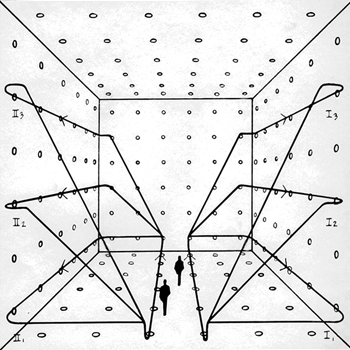How do you find the power series for #f(x)=int t^2/(1+t^2)dt# from [0,x] and determine its radius of convergence?
2 Answers
with radius of convergence
Explanation:
Write the integral as:
Using the linearity of integrals:
Now consider the integrand function: it is in the form of the sum of a geometric series of ratio
and the series is convergent for
Within this interval we can therefore integrate term by term and we have:
Substituting this in the expression above we have:
Now note that the first term of the series is just
and we can conclude that:
with radius of convergence
Explanation:
You could have a go at this using the FTC, but it's gonna be easier just doing the integration and adding in some pre-determined Maclaurin Series (I know cos it started doing it the other way and it's a real drag).
If we start with:
This is a trivial integral so I'll post the result:
The power series for
It follows that:
The ratio test confirms convergence at
If we go at it using the FTC , ie using this:
...then we can start to generate the terms from the fundamental definition/idea, which is that:
So we start with:
#f(0) = int_0^0 t^2/(1+t^2)dt = 0 #
After that, using the FTC and differentiation:
-
#f' (x) = x^2/(1+x^2)# -
#f'' (x) = d/dx( x^2/(1+x^2))#
And you can loop through that and it's really, really boring and long-winded.


